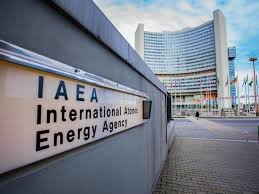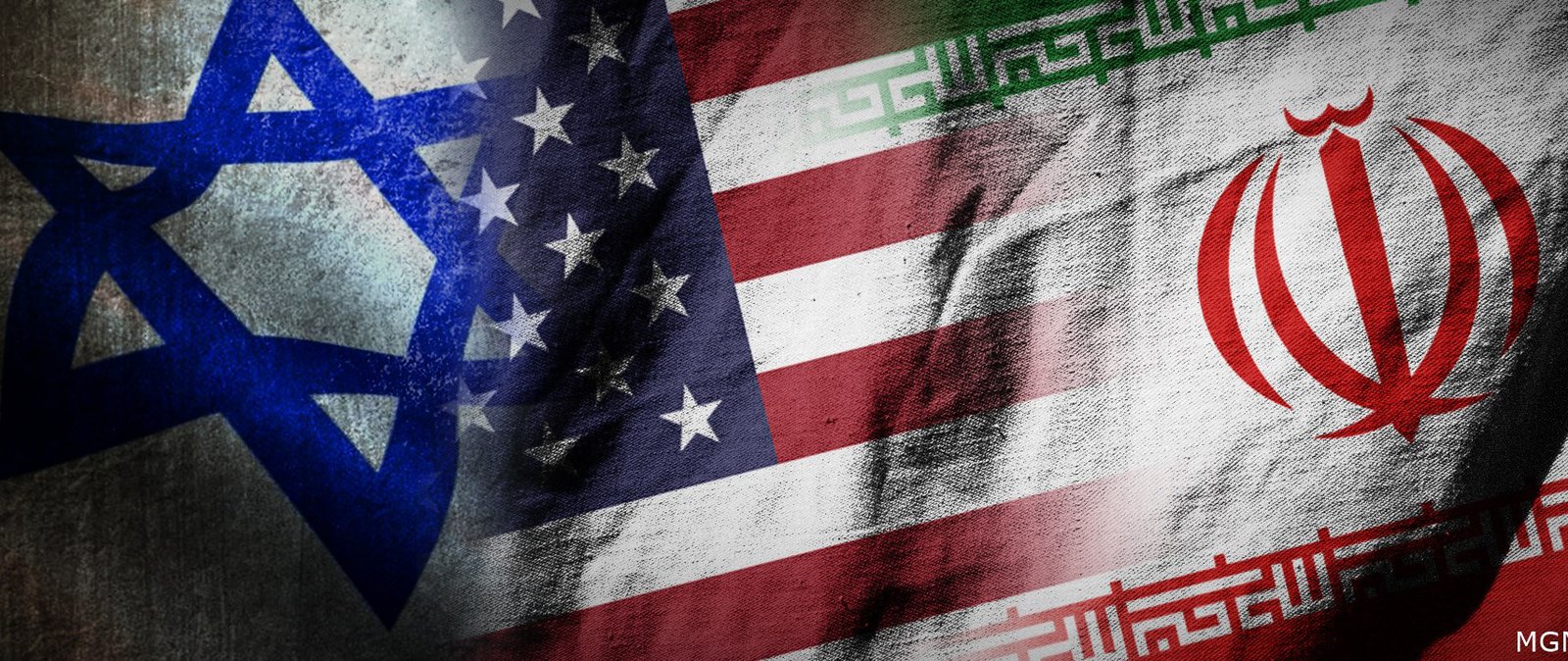Editorial
Pakistan’s boast that its Chinese-made J-10C fighter jets shot down three Indian Rafales during the May 7–10 skirmish with India is not just a military claim—it’s a geopolitical message. And it raises more questions than it answers.
Speaking in Parliament, Pakistani Foreign Minister Ishaq Dar touted the alleged aerial victories as proof of the J-10C’s combat prowess, emphasizing that “our jets… shot down three Indian Rafales.” The announcement came just hours after India’s Operation Sindoor—a retaliation for the April 22 attack in Indian-administered Kashmir. India blamed Pakistan for the assault, a claim Islamabad denied but clearly anticipated.
While India’s offensive marked a departure from its long-standing policy of strategic restraint—striking deep into Pakistani Punjab and even targeting the Nur Khan Airbase near Islamabad—Pakistan’s counterclaim reveals a shift in its narrative strategy: showcasing Chinese military hardware as not just credible, but dominant.
But is the story that simple?
ndia has not acknowledged any such losses. The claim, unverified and likely exaggerated per Indian sources, nonetheless achieved its goal: bolstering China’s reputation as a global arms supplier. Chinese social media erupted in nationalist pride, and analysts noted a likely uptick in interest in Chinese defense exports.
Yet, behind the headlines lies a sobering truth: this skirmish brought two nuclear-armed nations to the brink, and the real victor may be perception—not battlefield facts. The incident exposed how easily regional flare-ups can become proxy showdowns between global powers.
Pakistan may have handed China a propaganda win, but it also risked escalating a dangerous conflict with no guaranteed outcomes. Before celebrating tactical triumphs, both nations—and the world—should reckon with the costs of strategic miscalculation.

















